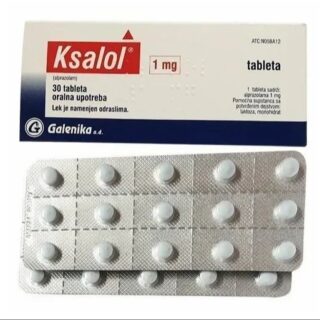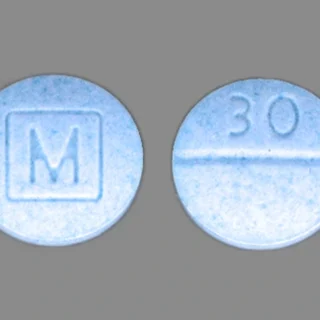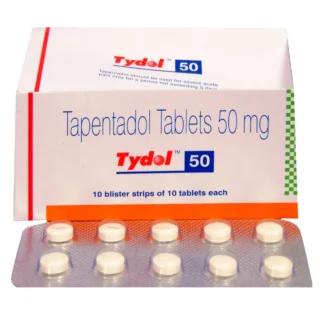
Ativan vs. Xanax: What You Should Know
Ativan and Xanax are both part of the benzodiazepine family—a group of medications doctors often turn to for conditions like anxiety disorders, panic attacks, sleeplessness, and sometimes even mania. Although they share many similarities, each has its own characteristics, which guide doctors in deciding which one is best for a particular situation.
how Ativan and Xanax compare—their uses, how they work, possible side effects, addiction risk, and how long they stay in your system.
Which Works Better—Xanax or Ativan?
Both Xanax and Ativan are highly effective at easing the mental and physical symptoms of anxiety. They’re also useful for treating panic disorder. Because of the potential for dependence, however, neither is usually the first choice for long-term treatment of chronic conditions.
These medications act quickly. Most people start to feel their calming effects within an hour or two. That’s why they’re often chosen to treat sudden, intense anxiety—unlike antidepressants such as Zoloft (sertraline) or Prozac (fluoxetine), which may take several weeks to reach full effect.
When someone begins an antidepressant for anxiety or depression, a doctor might temporarily prescribe Xanax or Ativan to bridge the gap until the antidepressant starts working.
Both drugs are equally effective overall, but they differ in how long they stay active in the body and how quickly they’re metabolized. That’s why the right dose and timing varies between them.
Ativan (Lorazepam)
Ativan is the brand name for lorazepam. It’s commonly prescribed for anxiety disorders, particularly when insomnia is also an issue. Because it interacts with certain brain receptors in a way that eases overactivity, it’s also frequently used in managing alcohol withdrawal.
Xanax (Alprazolam)
Xanax is the brand name for alprazolam. Doctors often prescribe it for anxiety disorders and especially panic disorder, largely because its effects tend to kick in slightly faster than Ativan’s, which makes it useful during acute panic episodes.
How Long Do They Stay in Your Body?
Neither drug leaves your system immediately:
- Xanax (Immediate Release) – One dose may take up to 56 hours (just over two days) to fully clear.
- Xanax (Extended Release) – A single ER dose can take about 79 hours (roughly three days).
- Ativan – One dose may linger for 70–90 hours (about two to four days).
Clearance times differ from person to person, depending on factors like liver health, metabolism, and how many doses you’ve taken. Because the liver processes both medications, anyone with liver issues may metabolize them more slowly.
Addiction and Dependence Risk
Both Ativan and Xanax carry a notable risk of dependence if used over long periods. Benzodiazepines with shorter half-lives—like these—tend to be harder to stop than those with longer half-lives (such as diazepam). They also cross into the brain quickly, which contributes to potential misuse and stronger withdrawal symptoms.
Although there isn’t a direct study comparing which one is more addictive, many experts caution against casual Xanax use because its withdrawal can be particularly difficult.
Possible Side Effects
Because both medications affect the central nervous system (CNS), their side effects are quite similar. Common ones include:
- Confusion
- Dizziness
- Drowsiness
- Depression or low mood
- Slurred or difficult speech
- Poor coordination
- Muscle weakness
- Constipation
- Appetite or sexual desire changes
- Skin rash
Some situations increase the risk of severe reactions:
- Alcohol – Drinking while on Xanax or Ativan can amplify drowsiness, slow reflexes, and impair focus.
- Opioids – Combining benzodiazepines with opioids (methadone, morphine, oxycodone, etc.) greatly raises the risk of overdose, slowed breathing, and life-threatening complications.
- Older adults (65+) – More prone to stronger side effects like sedation and falls.
Standard Doses
Xanax
Available as both brand and generic (alprazolam), Xanax comes in Immediate Release (IR) and Extended Release (ER/XR) tablets:
- IR tablets: 0.25 mg, 0.5 mg, 1 mg, 2 mg
- Typical starting dose: 1–2 mg by mouth as needed every 8 hours
- ER tablets: 0.5 mg, 1 mg, 2 mg, 3 mg
Ativan
Usually dispensed in its generic form (lorazepam), Ativan comes only as Immediate Release (IR) tablets—no ER version is available. Common doses include:
- 0.5 mg, 1 mg, 2 mg tablets
- For anxiety, a common total daily dose is 2 mg, split into two or three doses as needed.
- Dosing is always individualized, so your provider may adjust it to your situation.
Key Warnings and Precautions
Both Xanax and Ativan carry an FDA boxed warning—the agency’s strongest caution. Combining benzodiazepines with opioids can cause profound sedation, slowed breathing, and even death. If the combination can’t be avoided, doctors use the lowest dose for the shortest time possible and monitor closely.
Additional safety considerations:
- Dependence risk rises with higher doses, prolonged use, or a history of substance misuse.
- Gradual tapering is essential when stopping; quitting abruptly may trigger withdrawal symptoms such as anxiety, confusion, rapid heartbeat, dizziness, or even seizures.
- Patients with seizure disorders face higher withdrawal risk.
- Depression and suicidal thoughts require close monitoring and often antidepressant treatment alongside a safety plan.
- Liver or respiratory conditions (COPD, sleep apnea) call for extra caution and lower doses.
Final Thoughts
Ativan and Xanax are powerful tools for managing acute anxiety and panic, but they’re best used short-term and under close medical supervision. They act fast, provide relief, and can support patients while slower-acting medications take hold—but their risks of dependence and withdrawal make careful monitoring essential.








Tops effort! This is seriously good stuff.